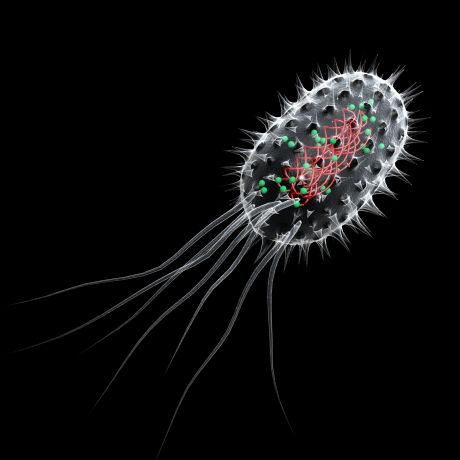Drug delivery: lessons from bacteria

Drug delivery: lessons from bacteria
Over the years, research in the area of drug delivery has come a long way. The STOPP VEHICLES study exploited the path travelled by bacterial toxins to deliver drugs within cells.
Drug delivery vehicles have been optimised to target specific cells in
the body in order to minimise potential side effects. The next challenge
is to design vehicles that can deliver drugs directly into specific
cellular organelles bypassing the degradative pathway.
One strategy would be to mimic the activity of bacterial toxins such as cholera toxin. These bind to ganglioside GM1 receptors found on the cell surface and get internalised via the endocytic pathway. Then through the retrograde pathway, it travels to the endoplasmic reticulum.
The EU-funded STOPP VEHICLES (Specific targeting of organelles using peptide-polymer vehicles) project took advantage of the already identified small peptide sequences that bind to these GM1 receptors. Researchers synthesised the three most promising GM1-binding sequences from the literature and studied their cytotoxicity, affinity towards GM1 receptors, uptake pathway and intracellular trafficking.
Results showed that these peptides were internalised mostly via a combination of clathrin-mediated endocytosis and pinocytosis, leading to their accumulation in the lysosomes of cells. To test their drug delivery potential, scientists employed an assay based on the cross-presentation of a model antigen to dendritic cells. They made useful conclusions regarding the use of GM1-binding moieties for antigen presentation.
Overall, the observations of the study will be useful for the future development of novel antigen carriers. Correct antigen presentation to the MHC Class I complex triggers CD8+ cytotoxic T lymphocyte activation and is crucial for the creation of efficient vaccines. Hence, the GM1-targeting system could improve worldwide vaccine development efforts.
published: 2016-05-04